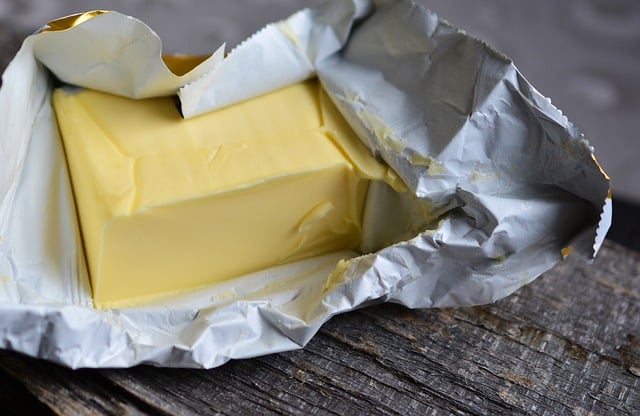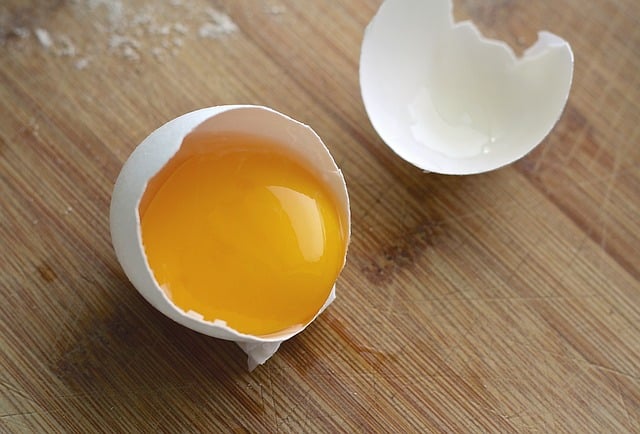
Phospholipids are lipids that have phosphoric acid.
A lipid is an organic compound that is generated from an esterification process of alcohols with fatty acids . Esterifying is the action that occurs when an alcohol (or a phenol) and an acid join together and form an ester.
There are different kinds of lipids. Phospholipids are those that have phosphoric acid in their composition. These lipids are found in the active membranes of cells and are very relevant to the body.
Types of phospholipids
According to the structure that is linked to phosphoric acid, it is possible to differentiate between phosphatidylinositol , phosphatidylserine , phosphatidylcholine , phosphatidylethanolamine and other types of phospholipids. One of the peculiarities of phospholipids is that they are amphipathic : their molecules have a part that is soluble in water (that is, hydrophilic) and another that is not (hydrophobic).
It is important to keep in mind that foods rich in phospholipids, such as milk, butter, almonds, peanuts, wheat germ, liver, walnuts, soy and egg yolk, provide various benefits. to the organism. At a general level, it can be said that they contribute to regulating cholesterol , help good lung function and allow the activation of enzymes.
The case of lecithin
Phospholipids are usually called lecithins . However, lecithin is a specific phospholipid: the aforementioned phosphatidylcholine .
Lecithin is key to transforming fat into energy , since it allows it to be preserved in small particles that are burned quickly by the body. These phospholipids, on the other hand, act as natural diuretics (prevent fluid retention) and have antioxidant properties.
We can say that lecithin is very frequently used as an additive , either as an emulsifier, dispersant or stabilizer and this can be applied through intravenous or intramuscular injections, for example. In the specific case of margarine, this phospholipid acts as an emulsifier, giving the product its characteristic texture and consistency; If we focus on chocolate, on the other hand, it serves to collaborate in the dispensability of food powders.

Egg yolk is a food rich in phospholipids.
Food and phospholipids
In a large number of foods we can find phospholipids, more precisely in their cell membrane. The amount in which we usually ingest them is between 2 and 8 grams per day, a value that represents approximately 1.1 percent of the total lipid consumption within the normal human diet.
Through the action of phospholipases A1 and A2, two enzymes of the pancreas, phospholipids are digested in the intestine to an average of 90%. These enzymes act by hydrolyzing the fatty acids of the glycerol molecule selectively, and in this way generates lysophospholipids. It should be noted that these phospholipases act in an exclusive manner: if one performs the hydrolyzation, then the other will not exert any action on the resulting product .
bioavailability
A concept used in this context is bioavailability : it is the speed at which a nutrient is absorbed from a food, and the proportion in which this occurs in our body and is then used in its normal functions. Several studies carried out in children indicate that in a normal diet phospholipids are better absorbed than triglycerides (a type of fat found in the blood).
While triglycerides cannot dissolve in water but require laborious enzymatic processes and the intervention of bile salts to form micelles that can be absorbed by the small intestine, phospholipids do not present major complications for their digestion and distribution in the human organism. Another benefit of phospholipids can be seen in the treatment of inflammatory processes, where they offer a significant reduction in symptoms.
